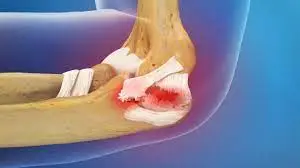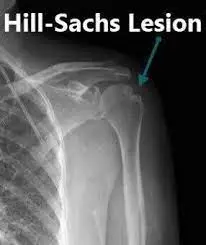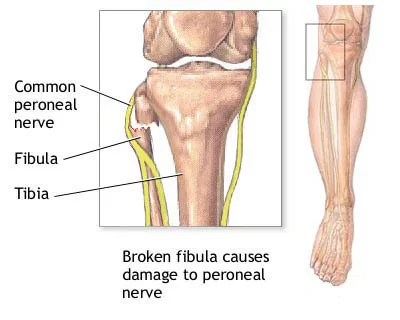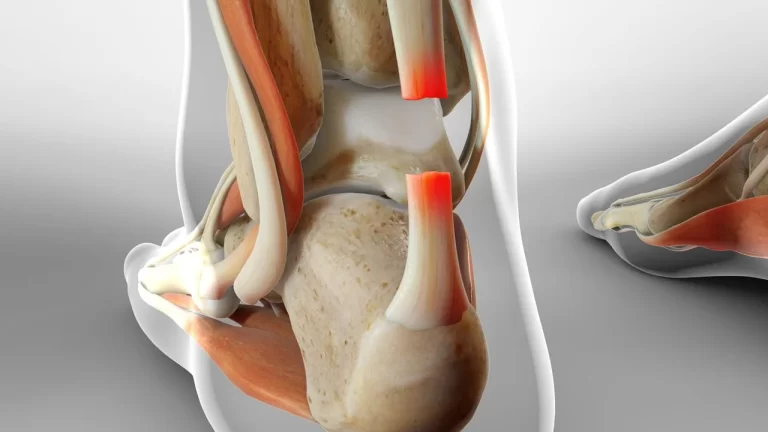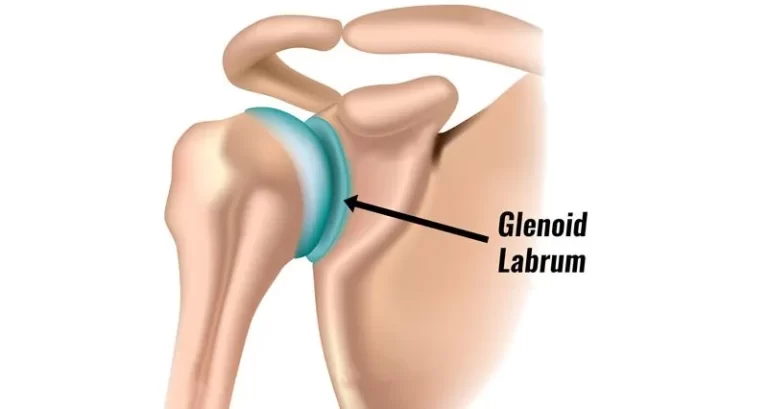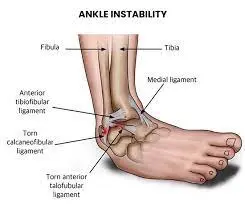Ulanar Collateral Ligament Injury
Table of Contents
Description
An Ulnar collateral ligament (UCL) injury is an internal elbow injury. It is most typical an overuse injury and most interestingly called for being a baseball pitcher’s injury.
If a person has a UCL injury he will experience pain and tenderness at the elbow. Treatments involve rest, ice, medications, and physical therapy. Tommy John Surgery utilizes a tendon as a substitute for the UCL.
What is the ulnar collateral ligament (UCL)?
The ulnar collateral ligament (UCL) is a strong band of tissue on the inner side of the elbow. It keeps the elbow joint stable at the time of the act of throwing or overhead arm motions.
Stress on the UCL from repetitive overhead motions or a fall on the outstretched arm may irritate and inflame, stretch, partially tear, or completely tear the UCL. Ligament damage tends to pain, looseness in the elbow joint, and loss of function.
The UCL is the most usual ligament injured from repetitive overhand throwing. It is mostly best called the ligament most frequently injured in baseball pitchers.
Work of ulnar collateral ligament-
The elbow joint is where the ends of 3 bones meet the two lower arm bones (ulna and radius) and the upper arm bone (humerus).
The joint is a merge of a hinge and pivot joint. The hinge allows the arm to flex and extend and the pivot allows the lower arm to twist and rotate.
The UCL is located on the inside of the elbow — on the little finger side. It is made of 3 bands of tissue that connect the humerus to the ulna. There is a front (anterior) band, a back (posterior) band, and a diagonal (transverse) band. The anterior band is the most crucial for keeping the elbow stable.
Classification of ulnar collateral ligament injury
There are 3 grades of UCL sprain injuries:
Grade 1: The ligament is extended but not torn.
Grade 2: The ligament is extended and might be partially torn.
Grade 3: The ligament is completely torn.
Epidemiology of ulnar collateral ligament injury
- Ulnar collateral ligament (UCL) injuries are commonly observed in athletes who engage in overhead-throwing sports such as baseball, softball, and javelin throwing.
- These injuries are more prevalent among pitchers and often affect younger individuals due to the high demands placed on their elbow joints.
- The majority is higher between males compared to females. UCL injuries can occur at various levels of competition, from amateur to professional athletes, and they are typically attributed to the repetitive stress and strain placed on the ligament during these activities.
What causes an ulnar collateral ligament (UCL) injury?
Overuse and trauma are the 2 most important injuries that affect the ulnar collateral ligament (UCL).
Overuse, wear and tear injuries
Too many cases of UCL damage are from overuse. Repetitive motion, such as overhand throwing, stresses the ligament. Months or even years of continued strenuous utilization cause the UCL to stretch, and become irritated and the tissue breaks down from small microtears.
The elbow joint becomes loose (“unstable”). The UCL can become strained and inflamed, partially or completely torn, or one end of the ligament can pull away from the bone.
Traumatic injuries
- Traumatic injuries to the UCL involve a blow or hit to the elbow.
- They are not overuse injuries.
- A fall with a landing on the outstretched arm “to break the fall” is one example.
- This may result in an elbow dislocation or fracture that may injure the UCL.
Symptoms of ulnar collateral ligament injury
Mild to moderate symptoms involve:
- Pain and tenderness on the inner side of the elbow during or after a session of overhead arm activity.
- Pain with a fast-forward movement of the arm.
- Weak or unstable feeling at the elbow.
- Weak or clumsy hand grip.
- Loss of ability to throw as quick or hard.
Symptoms of a torn ligament Involve:
- Sensing a sudden pop along the inside of the elbow.
- Severe pain.
- Loss of ability to throw.
- Tingling and numbness in the small and ring digits. This means the ulnar nerve is also pinched or injured.
Diagnosis of UCL –
The physician (generally an orthopedic specialist or a sports medicine specialist) will review the medical and athletic history and perform a physical exam. During the exam, he will check the range of motion, elbow strength, elbow stability, arm muscle mass, and appearance and can examine the shoulder. They will also ask the patient where they feel pain.
Tests your provider can order involve:
Valgus stress test- This is a physical test in which the physician places their fingers on the UCL after raising the lower arm 30 degrees. They then gradually push the elbow inward toward the body while pulling the lower arm outward. A positive examination is a sensation of looseness at the elbow joint and pain.
Computed tomography (CT) and X-ray- These imaging tests depict pictures of the bones, stress fractures, and other bone issues that can contribute to elbow pain and limited motion. They do not directly show soft tissue like the UCL.
Magnetic resonance imaging (MRI) scan- This imaging test shows injuries to soft tissues like tendons and ligaments. It may also show small fractures not picked up on X-rays.
Arthrogram- This is an MRI plus an injection of dye into the elbow joint to make hard-to-detect problems easier to see.
Treatment of ulnar collateral ligament injury
Treatment depends on the severity of the ulnar collateral ligament (UCL) injury and how much a person wants to use the arm for strenuous overhead motions or throwing activities. If a person has a minor UCL tear, it can heal on its own. A person can find relief from pain and discomfort from nonsurgical treatments.
Nonsurgical UCL injury treatments include:
- Rest.
- NSAIDs, like ibuprofen (Advil®, Motrin®) and naproxen (Aleve®). Ask the provider about a prescription-strength NSAID if you need it.
- Ice- Apply ice to the elbow daily to decrease pain and swelling.
- Physical therapy- Start physical therapy to strengthen the muscles around the elbow.
- Injections of platelet-rich plasma (PRP)- A tiny amount of the own blood is withdrawn and the platelets are separated from other blood components. The platelets are injected into the area of the injury. Injections of PRP can be helpful in those with a partial UCL tear.
Surgical treatments include
UCL direct repair.- If a single traumatic event caused the UCL ligament to pull off the bone, it can be possible to reattach it.
UCL reconstruction (Tommy John Surgery)– If a person has an unstable or torn UCL and nonsurgical treatments do not give pain relief or if a person is an athlete and wants to continue throwing or engaging in other strenuous overhead arm motions, the physician will suggest UCL reconstruction.
With this surgery, the surgeon takes a tendon from another area of the body or a donor. The tendon is connected to the ulna and humerus to function as the new UCL. The remaining parts of the original UCL can be attached to the new graft to strengthen it.
The goal of surgery is to regain elbow stability and range of motion, increase elbow strength, and decrease pain.
Why is UCL reconstruction called Tommy John Surgery?
It is called after the 1st person to undergo the procedure. Tommy John was a major league baseball pitcher who ripped his UCL ligament in 1974. He sat out a season but is the 1st pitcher to have the surgery and successfully get back to baseball.
What tendons are most typically utilized as grafts for UCL reconstruction?
Grafts are typically accepted from one of these tendons:
- Hamstring tendon.
- Palmaris longus tendon from your forearm.
- Big toe extensor tendon.
What are the complications of UCL reconstruction surgery?
Some complications are such as those a person had with any surgery, such as the risk of infection or issues related to anesthesia. Further complications specific to UCL reconstruction include:
Stretching or rupture of the new graft.- In this case, a second surgery with a new graft may be done.
Ulnar nerve irritation- The ulnar nerve passes around the elbow joint. the surgeon can be required to move it in front of the elbow joint to prevent further irritation.
Physiotherapy treatment
Physiotherapy plays an important role in the treatment and rehabilitation of ulnar collateral ligament (UCL) injuries. The goals of physiotherapy are to reduce pain, improve the range of motion, strengthen the surrounding muscles, and gradually return the athlete to their sport.
Treatment may involve:
Pain Management:
Modalities like ice, heat, or ultrasound may be used to manage pain and inflammation.
Range of Motion Exercises:
Gentle exercises to improve and maintain the elbow’s range of motion. Certainly, here are some basic range of motion exercises that can be incorporated into the rehabilitation of an ulnar collateral ligament injury:
Elbow Flexion and Extension:
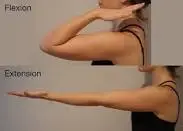
Slowly flex the elbow as far as it is comfortable (flexion) and straighten it fully (extension). Repeat this motion a few times, slowly trying to improve the range of motion without causing pain.
Pronation and Supination:
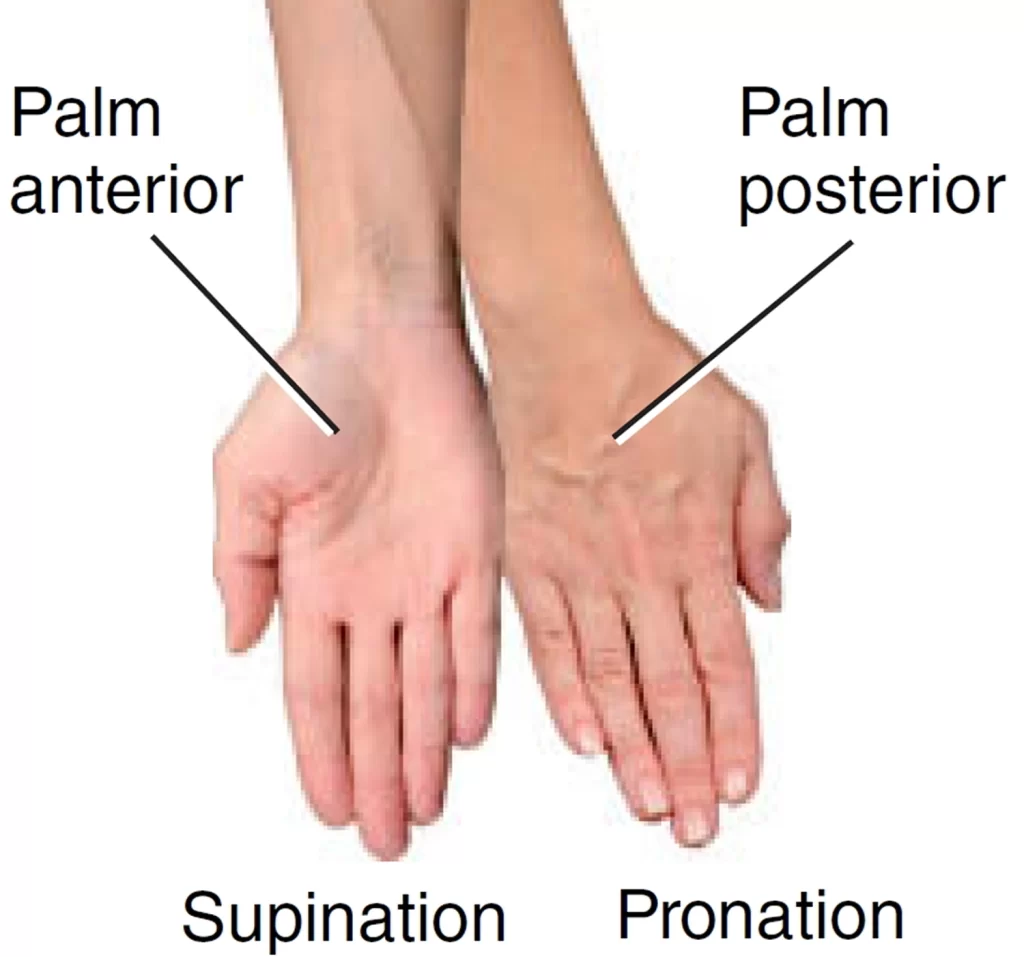
While sitting with the forearm supported on a table, rotate the hand palm up (supination) and then palm down (pronation). Perform this motion gently and smoothly.
Passive Stretch –
Wrist Flexor Stretch:
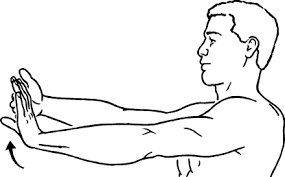
Slowly flex the wrist, bringing the fingers towards the inner forearm. Use the other hand to help in stretching the wrist flexor muscles. Keep it for about 10-20 seconds and repeat a few times.
Active Range of Motion –
Finger Walking:
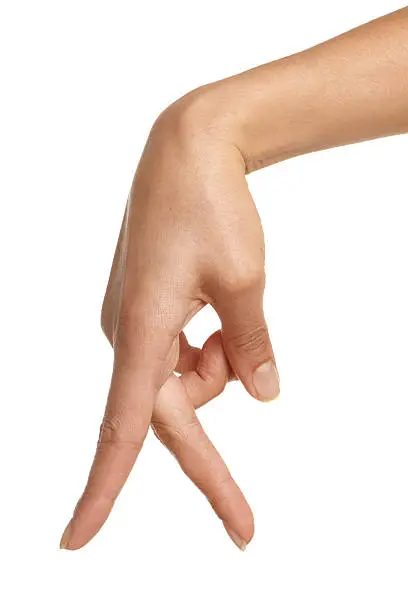
Put the hand palm up on a table. Keeping the elbow stable, use the fingers to “walk” the hand up and down the table surface.
Active Assisted Flexion:
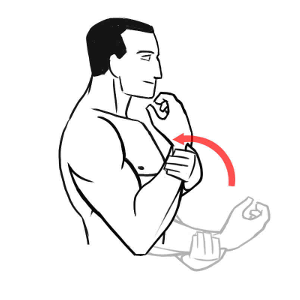
Use the other hand to help gradually flex the injured elbow, assisting in achieving a slightly greater range of motion than a person may do on their own.
Towel Assisted Stretch;
Keep a small towel in the hand and slowly pull the towel with the other hand to help in stretching the wrist and elbow flexors.
Remember, these exercises should be done in a pain-free range and should not cause any discomfort. If a person experiences pain or any unusual sensations during these exercises, stop immediately and consult your physiotherapist or healthcare provider. It’s always best to work with a professional to create a tailored exercise plan that meets your specific needs.
Strengthening exercises:
Targeted exercises to strengthen the forearm, wrist, and shoulder muscles to provide better support for the injured UCL. Certainly, here are some strengthening exercises that can help in the rehabilitation of an ulnar collateral ligament injury. Remember to start with light resistance and gradually increase as your strength improves, always being mindful of pain and discomfort:
Forearm Strengthening:
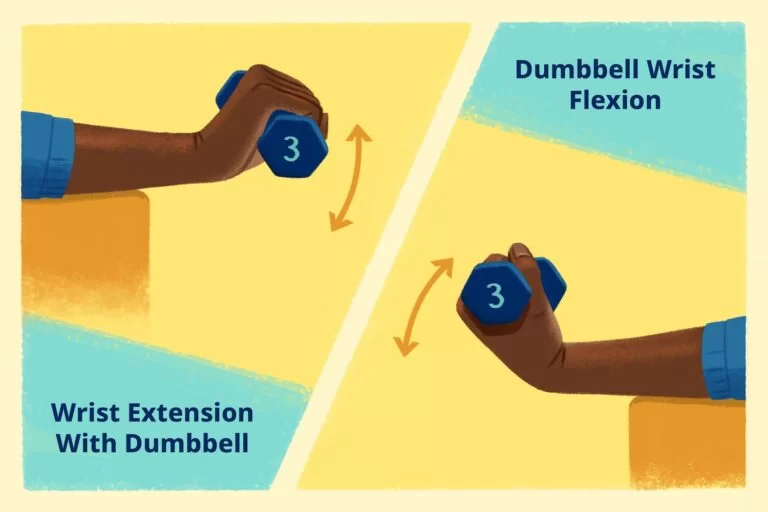
Wrist Flexor Curls: Hold a light dumbbell or resistance band in your hand, palm facing up. Gradually curl your wrist joint upwards and then lower it. Perform 2-3 sets of 10-15 reps.
Wrist Extensor Lifts: Keep a weight or resistance flex in the hand, palm facing down. Lift the wrist upwards and then lower it back down. Do 1-3 sets of 10-15 reps.
Wrist Strengthening:
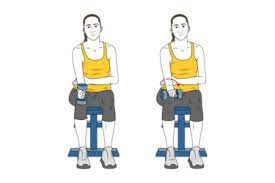
Wrist Pronation and Supination: Keep a light dumbbell or resistance band. Rotate the wrist to move from palm up to palm down and back again. Do 1-3 sets of 10-15 reps.
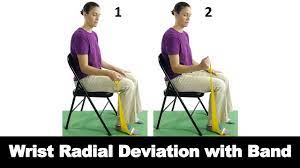
Wrist Radial and Ulnar Deviation: Keep a weight or resistance band in the hand. Tilt the wrist towards the thumb side (radial deviation) and then towards the little finger side (ulnar deviation). Do 1-3 sets of 10-15 reps.
Shoulder Strengthening:
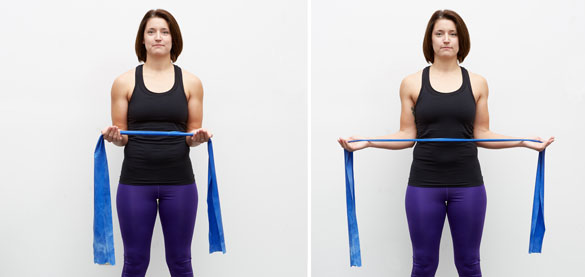
Shoulder External Rotation: Tie a resistance band to a stable surface at waist height. Keep the band and Maintain the elbow bent at 90 degrees. Rotate the forearm away from the body, working the external rotator muscles of the shoulder. Do 1-3 sets of 10-15 reps.
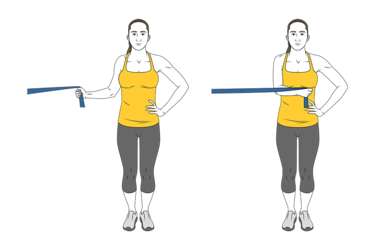
Shoulder Internal Rotation: Similar to the external rotation, but this time rotate the forearm towards the body. Do 2-3 sets of 10-15 reps.
Remember to maintain proper form, use controlled motions, and avoid any motions that cause pain or discomfort. It is also suggested to consult with a physiotherapist or healthcare professional prior to starting any new exercise regimen, especially at the time of rehabilitation. They may give personalized guidance based on specific conditions and needs.
Proprioception and Balance Training:
Exercises to enhance joint awareness and stability.
Functional Rehabilitation:
Gradual progression of exercises to mimic sports-specific movements, helping the athlete regain their skills and confidence.
Manual Therapy:
Hands-on techniques to mobilize and improve tissue function around the elbow joint.
Taping or Bracing:
Using taping or bracing techniques to provide additional support to the injured elbow during recovery and return to sport.
Patient Education:
Teaching athletes about proper mechanics and techniques to prevent future injuries.
Gradual Return to Sport:
Working with the athlete and their coach to ensure a safe and effective return to competitive activities.
Remember, the specifics of the physiotherapy plan will depend on the severity of the injury, the individual’s overall health, and other factors. It’s important to work closely with a qualified physiotherapist to tailor the treatment plan to the individual’s needs.
FAQ
Early treatment for a knee injury may include:
Take a rest. Use an ice pack (to reduce swelling that occurs within hours of an injury) Compression (of an elastic bandage or brace) height Pain relievers.
Nonsteroidal anti-inflammatory drugs such as ibuprofen and naproxen can reduce the inflammation and pain caused by an ACL tear. Short-term use of prescription drugs may also be an option.
Treatments include panchakarma, physical therapy, personal medications, exercise, dietary advice, and lifestyle changes. Panchakarma – Nasya, Virechana, Basti – depending on the location of the injury. Outside – Abhyanga, PPS, SSPS, Kashaya Seka Sthanika Basti, Dhara, Pichu, Lepa, Upanaha.
Usually, elbow ligaments heal without surgery when injured. In fact, permanent instability of the elbow after an injury is quite rare. However, elbow stiffness is much more likely. The most serious injury affecting the elbow ligaments is an elbow dislocation.

